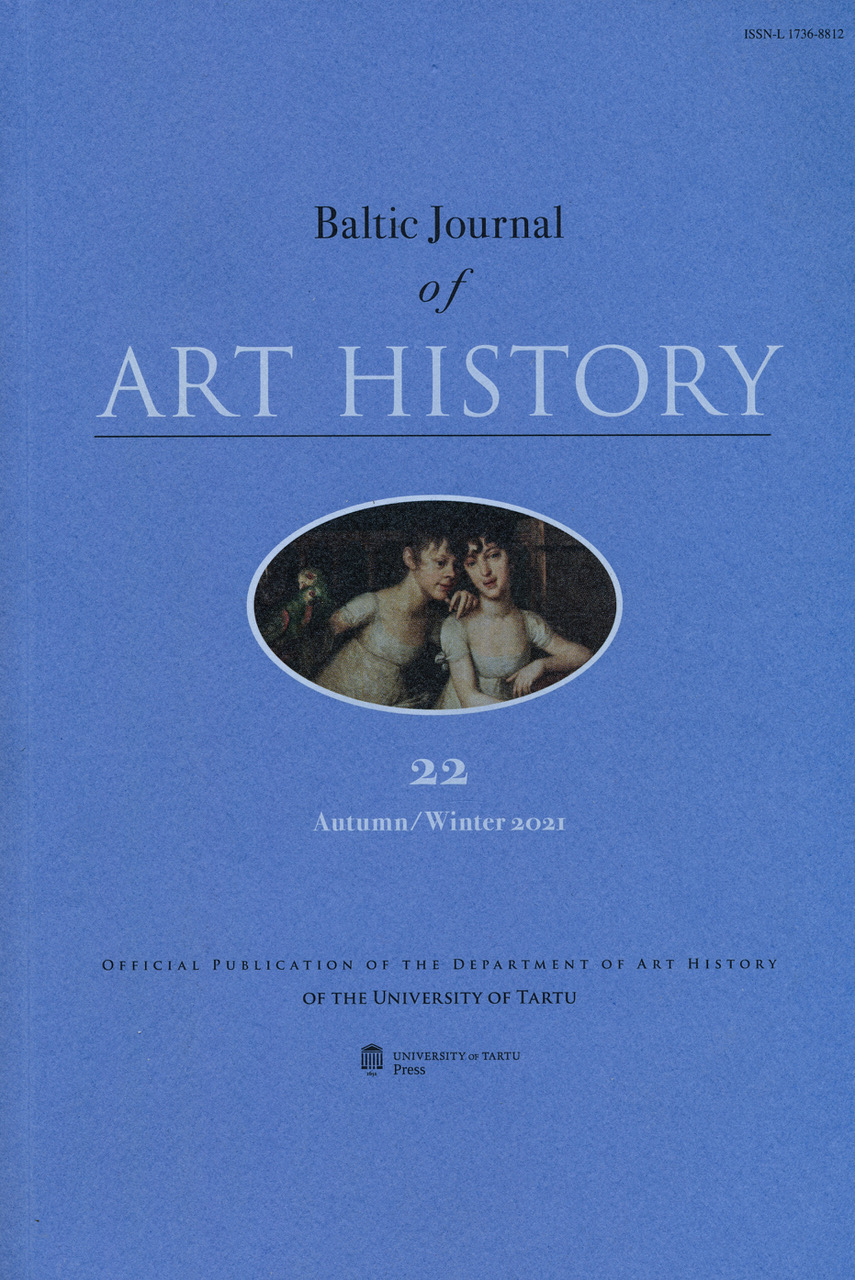DE RERUM NATURA: THE LOD MOSAIC FLOOR AS A COSMOLOGICAL AND TRANSCENDENTAL ALLEGORY
DOI:
https://doi.org/10.12697/BJAH.2021.22.05Keywords:
Roman mosaic art, Roman thought, Platonism, Neo-PlatonismAbstract
The Lod Roman carpet mosaic, dated to around 300 CE, consists in
three panels containing images of animals. The centre and upper panels
present geometric forms enclosing various images, while the lower
panel portrays various marine creatures and ships within the same undivided
space. This portrayal seems to be offering a conceptual representation
of the universe as it was perceived in Antiquity.
Anchored in the methodology of artistic research, the present study
seeks to analyse both the aesthetic features of each panel and the mosaic
as a unified work, based on the approach that these features, together
and individually, contribute to the overall idea. Based on Roman
thought, this study focuses on the metaphorical and symbolic
meanings of the depicted animals and other images, interpreting them
as a cosmological and transcendental allegory.

